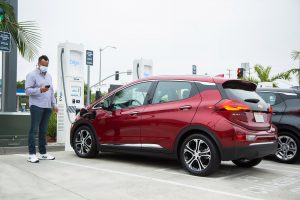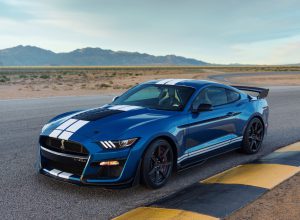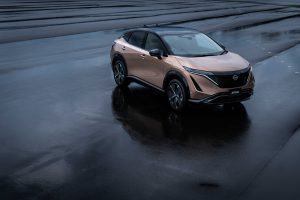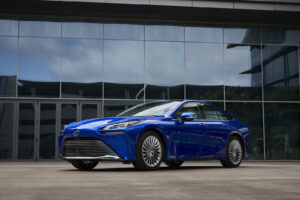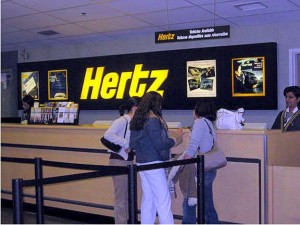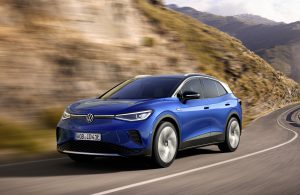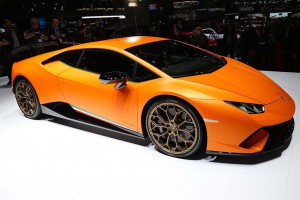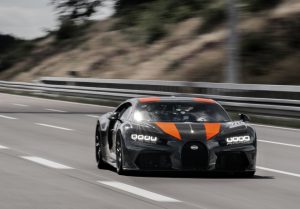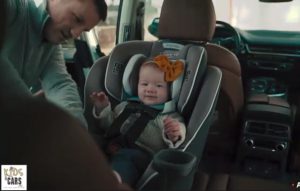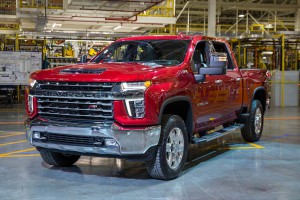Tesla and General Motors may be considered polar opposites in many ways, but in one very big way they’re going to be almost bosom buddies: tax credits for EVs.
The market leader in the segment and the hopes-to-be-leader in the segment are soon able to once again access federal tax credits for the next 400,000 electric vehicles each automaker sells, if a new bill from Democrats makes it into law.
The Growing Renewable Energy and Efficiency Now Act (yup, GREEN) provides a new set of tax incentives aimed at renewable energy technologies, or in this case, vehicles. GM and Tesla buyers could get $7,000 tax credits for new EVs, if it passes.
Government getting involved
President Joe Biden is a proponent for the growth of electric vehicles, pledging to add 1 million new automotive jobs related to EVs and growing the nation’s underwhelming EV charging network by 500,000 by the end of the decade.
The new bill submitted by Representative Mike Thompson (D-California), who is Chairman of U.S. House Ways and Means Subcommittee on Select Revenue, all the other Democratic leaders on the subcommittee signed onto the bill, hoping Congress will take it up under a Democratic-controlled Senate and the Biden administration.
A similar bill was introduced in June 2020, then controlled by Republicans, and it failed. It was the latest of several attempts to reinstate the previous $7,500 tax credit. Democrats have attempted to resurrect the credit several times, each effort shut down by Senate Republicans. Now that Democrats have the final vote in any deadlock, it seems likely to make it through.
How the tax credit used to work and the new version
The original credit, passed during the Obama administration, limited the number of vehicles eligible for the credit to 200,000 vehicles. Tesla hit the mark first in 2018, followed by GM shortly after. Tesla CEO Elon Musk cut the price on vehicles in the U.S. after to help partially offset the loss of the credit.
The new version cuts the credit by $500, but it also changes the structure of the credit phase out after an automaker hits 600,000 vehicles. The first plan reduced the size of the credit in stages over the course of 12 months following hitting the end number. Now it drops to $3,500 for one quarter and then disappears. Owners who bought vehicles in the interim are not eligible to claim the credit retroactively – at this point.
Additionally, the GREEN Act allows used buyers to claim up to a $2,500 tax credit when purchasing a qualifying preowned electric car. The EV must be at least two years old and the sale price cannot exceed $25,000. Income caps for individuals and spouses filing taxes jointly may result in smaller credits, however.
Businesses aren’t being ignored as the bill creates tax breaks for companies and municipalities purchasing electric heavy-duty vehicles, including zero-emissions buses. Twenty percent of the sales price would be eligible for sales over $100,000.
/**/


